Many children and even newborn babies experience a number of eye problems. Eye defects to be treated within six months of birth to prevent permanent damage. The sooner these problems are diagnosed and treated, the better. Paediatric ophthalmology helps to diagnose vision problems in children as early as possible.
Similarly, children of any age can suffer from a range of vision problems without realising it. It is very important to make paediatric ophthalmology a part of your child’s routine healthcare checkups.
There are different eye conditions commonly seen in children that can be diagnosed and treated on time with the help of paediatric ophthalmology.
1. Pediatric / Congenital Glaucoma
Pediatric glaucoma is a rare type of eye condition that can cause cloudy vision or light sensitivity, as well as vision loss. This can be treated effectively if diagnosed earlier.
Symptoms of childhood glaucoma vary. In some cases, children will show no symptoms. Usually, there will be a gradual onset of glaucoma-related problems.
Signs and symptoms can include:
- light sensitivity
- corneal opacification
- enlarged eye and cornea
- overflow of tears
- vision loss
Paediatric ophthalmology uses a set of examinations to diagnose congenital glaucoma. Examination of the front part of the eye, fundus and tonometry are used as a part of the diagnostic procedure for congenital glaucoma.
Medical treatments may involve the use of topical eye drops and oral medications. These treatments help to either increase the exit of fluid from the eye or decrease the production of fluid inside the eye. Each results in lower eye pressure.
Pediatric glaucoma is treated by lowering the intraocular pressure (IOP) via medical and/or surgical means.
Medical treatments may involve the use of topical eye drops and oral medications. These treatments help to either increase the exit of fluid from the eye or decrease the production of fluid inside the eye. Each results in lower eye pressure.
-
Cataract
In children, cataracts can affect 1 or both eyes. Cloudy patches in the lens can sometimes get bigger and more can develop, resulting in the child's vision becoming increasingly affected.
Children's eyes and brain are still learning to see. Without treatment, cataracts can damage connections between the brain and eye. Once made, these connections don't change. This is why finding and treating cataracts early is so important. Untreated cataracts can have serious, permanent effects on their vision. Timely treatment can prevent permanent vision loss in children.
Symptoms of cataracts can vary from child to child, but may include:
- Decreased vision in the affected eye
- Whitening or clouding of the lens
- A white or dark pupil reflex on photographs
- A wandering or crossed eye (strabismus)
- Light sensitivity
- Holding items close to the eyes to see them
Treatment for cataracts depends on the size, severity and location of the lens clouding caused by the cataract. Small cataracts that are not significantly interfering with vision can be monitored by a pediatric ophthalmologist, often without any need for treatment.
Larger cataracts that are impacting image quality and degrading your child's vision need to be removed surgically.
3. Refractive errors
Refractive errors in children lead to conditions like myopia, hyperopia and astigmatism. This may cause blurred vision due to an inability to focus images on the retina. If not corrected, this can lead to vision-impairment, since vision is developed in the first years of life. The presence of a refractive error is felt when the light does not precisely focus on the retina.
Paediatric eye doctors usually prescribe eyeglasses or contact lenses in order to temporarily correct refractive errors in children. Prescription eyeglasses are often the preferred refractive error correction option for younger children. This is because they are safer as compared to prescription contact lenses.
4. Squint or Strabismus
A squint, also called strabismus or crossed eyes, is where the eyes point in different directions. It's particularly common in young children, but can occur at any age. It occurs because the eyes do not move in synchrony with each other, resulting in different positions of the two eyes when looking at an object. If one of your eyes looks straight ahead, the other turns to point inwards, outwards, upwards or downwards. The turning of the eye may remain constant or it may come and go.
When your eye turns inwards (towards the nose), it is called Esotropia. If your eye turns outwards (away from the nose), it is known as Exotropia. When one of your eyes turn upwards or downwards, its is called Hypertropia.
Apart from the standard ophthalmic examination, there are multiple tests for squint eye like:
- A retinal examination is one of the most common tests for squint.
- Visual Acuity testing
- Corneal light reflex
- Cover/ Uncover Test
- Brain and Nervous System testing
Early detection is very important. All children should get their vision checked between the ages of 3 months to 3. Years. If you have a family history of strabismus or amblyopia, you should get your child’s eyesight checked even before the age of 3 months.
Treatment for strabismus depends on underlying cause and the severity of the condition. This condition is generally corrected with either glasses or by eye muscle surgery. In some of the cases, the usage of the eye patching or eye drops can also be helpful.
Why Us?
Dr. Tony Fernandes Eye Hospital is one of the best eye hospitals in Kochi, Kerala that provide international eye care services. The search for the state of the art, affordable ophthalmology services to all in Kochi ends here.


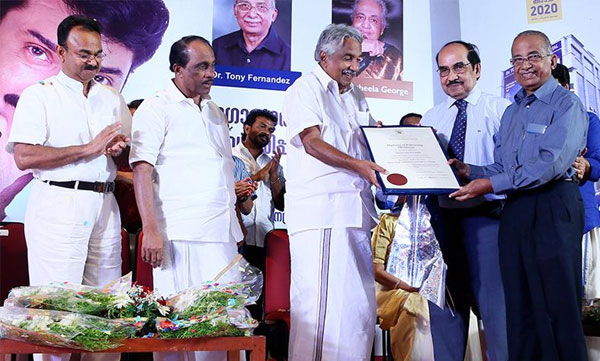
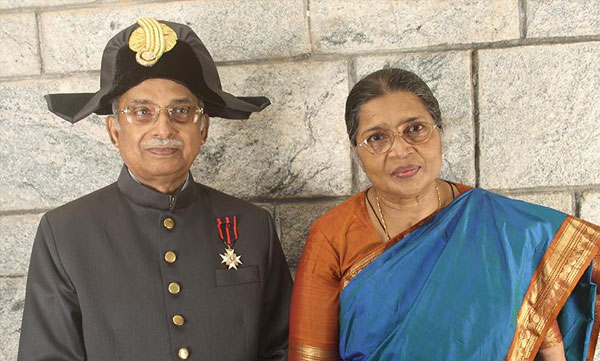
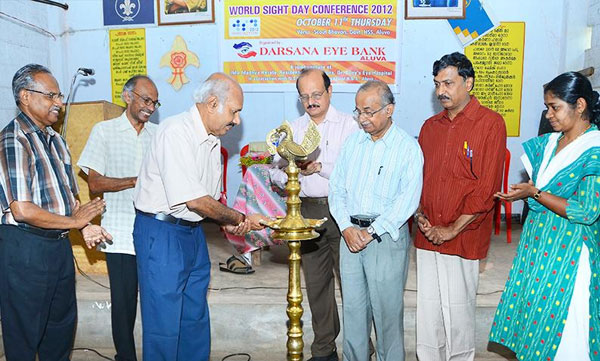


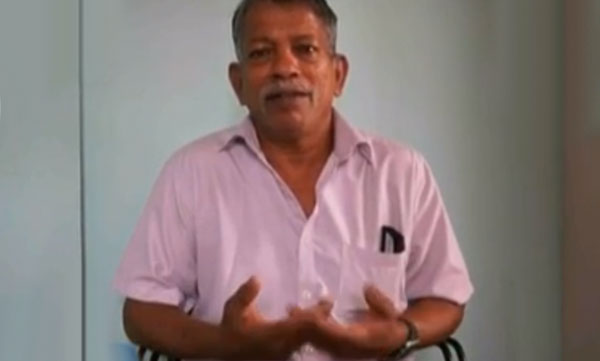
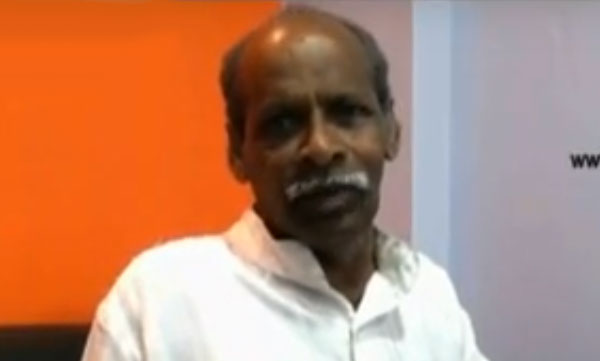
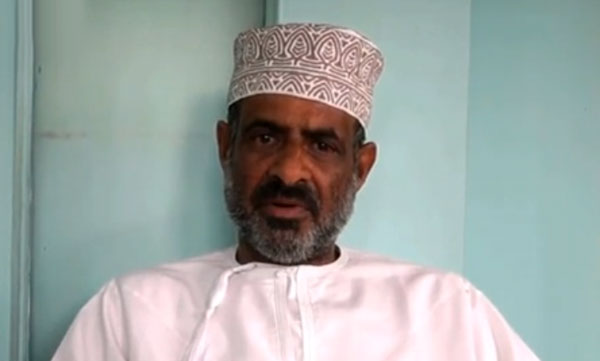
 I am Nimitha, before Lasik, I am very difficult to see and difficult to handle contact lens and specs. After the lasik treatment I am very relaxed.
I am Nimitha, before Lasik, I am very difficult to see and difficult to handle contact lens and specs. After the lasik treatment I am very relaxed. 